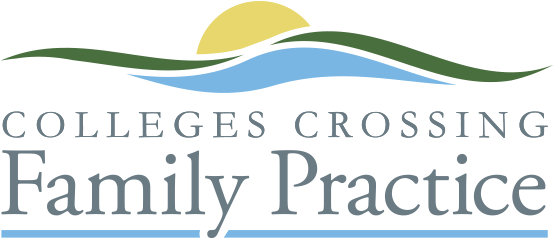The two most common types of meningococcal disease, B and C, can be prevented by vaccination. When I was a medical student it was a sad reality in paeds wards to see the aftermath of meningitis – young kids missing limbs, vision, hearing, or learning to eat and talk again after suffering brain damage. One in 10 kids will not survive the infection, even with the best possible medical care. Thankfully the meningitis C vaccine was introduced to the Australian Vaccination Schedule in 2003, and the rates of infection have plummeted since.
Now meningitis type B is the cause for about 85% of cases in Australia. It is most common in kids under 5, and most infections occur in Spring. Those at increased risk have other medical conditions (particularly a lowered immune system) and who live in a household where there is cigarette smoke. Type B can also be prevented by a series of vaccinations – unfortunately it is not funded by the government at this stage, but it is available through your local GP. It can safely be given at the same time as the child’s other scheduled vaccinations – usually at 6 weeks, 4 months and 6 months of age, but can be ‘caught up’ at any stage.
It is also important to remember a third type of meningitis vaccination that is available (also on private script) which is for the ACWY types, recommended for some travellers and young adults living in cramped confines. Again, check with your GP if it would be appropriate to be protected. I’m sure your GP would much rather organise extra vaccinations than to risk seeing their patients damaged by this infection.
Dr Cath Hester
These articles are not intended to replace a one-to-one relationship with a qualified health professional or as specific medical advice. They are intended as a sharing of knowledge and information from experience and research in the scientific literature. I encourage you to make your own health care decisions based upon a partnership with a qualified health care professional.
